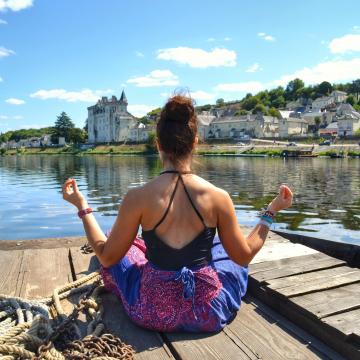
Claire The Green Geekette
Member for 4 years 5 months
Yogi and slow tourism devotee
Green traveller
A VERY ENJOYABLE MORNING LEARNING TO FLY FISH IN THE RIVER OURTHE
6 minutes AND A COUPLE OF bLEAKS
In the heart of the Belgian Ardennes, the river Ourthe is a firm favourite among nature lovers, and a popular destination among hikers and anglers especially. Why? Well, the area boasts an exceptional natural setting, where a unique fauna and flora thrive, which makes the destination even more attractive. When I had the opportunity to try my hand at fly fishing in a fishing spot that is held in very high esteem by anglers all over Belgium, I jumped at the chance.
Fishing yes, but nice and dry !
At last, I get to jump in with both feet…Well, only in a manner of speaking, as I actually stayed nice and dry the whole morning thanks to the waterproof chest waders lent to us by Riveo. And a good thing too, because, when we meet Philippe (our instructor) in front of the “La Claire Fontaine” hotel in La Roche-en-Ardenne, on this early September morning, the air is quite chilly and wet. I must admit I was less than thrilled by the thought of getting soaking wet…
One of the pluses of taking a beginner’s course is that absolutely all the equipment you need is lent to you: flies, fishing lines, fishing rods, so no need to invest in expensive equipment to experience fly fishing, which is great news! Even more so if – like me – you know absolutely nothing about fly fishing to start with. But hey, after all that’s what I came for: to learn and discover a sport that was totally unknown to me.
When I arrived, I really didn’t know much at all, except for the fact that Riveo is initially a river interpretation centre that offers a wide range of activities involving freshwater environments, with a wide range of nature and fishing activities are at the core of their enterprise. Which bodes well; I was promised that when I’d taken the course I would leave as “the best fly fisher in the area”, no less!
I actually stayed nice and dry the whole morning thanks to my waterproof chest waders. A good thing too: on this chilly September morning, I was less than thrilled by the idea of getting soaking wet... »
I can already reveal that, even though I did not become a fly fishing champion (which, if truth be told, was never my ultimate goal in life), I enjoyed a very instructive morning that allowed me to really understand why angling attracts so many devotees.
Discovering fly fishing techniques
As I am a total neophyte, Philippe explains to me all of the basics, giving me a step-by-step explanation of how to assemble and use the fishing equipment. I am now a self-proclaimed expert, and know everything there is to know on the subject of the many different types of flies used for fly fishing. The flies have quite intriguing names, such as dry flies (that float on the surface of the water), sinking flies (that are weighed down) or even the nymph (that sinks down under the water surface).
For the first hour of our fishing matinee, as surprising as it may seem, we do not head for the river, but head towards a field instead. Why? Well, before jumping in, it’s crucial that you acquire a modicum of mastery and are able to replicate the proper arm and wrist movements. This is why before trying your hand at fly fishing in a river, it is wise to take ample time to practice the intricacies of fly fishing techniques.
The movements are a lot more difficult to master than they look, I can honestly tell you that I had nothing to brag about when I started practising! But, little by little, the movements come easier, and I finally manage to cast the fishing rod in a nice fluid movement. After a while, when you are able to cast the fly more than three feet away, the time has come to tackle fly fishing for real, in a river.
At last: time go fly fishing in the river!
It should be noted that in Riveo they only practice catch-and-release fishing, which – as the term already suggests – means that the fish are not killed and are unhooked and then released back into the water with as little stress and suffering as possible. In order to achieve this, Philippe shows met how to pinch down the barb (a sharp projection that prevents the fish from freeing itself) on the hooks we choose to use.
Additionally, in order to increase its chances of survival, you have to handle the fish very carefully and wet your hands before you hold it; this way you won’t damage the mucus on its skin. Then, you need to release it as quickly as possible so the fish is not too exhausted when you put it back in the river. Easily done in theory, but a lot more complicated in practice, especially when you get caught up in the “panic” of catching a fish.
Well, when I say panic, I may have been slightly exaggerating the situation. On the other hand, I have to admit that this is very nearly what I felt when the first fish decided the fly on the end of my line was to his liking. As the hook does not have a barb, pulling the fish out of the water, requires considerable skill. But, as I hadn’t quite mastered the necessary skills, I literally sent my catch (a small bleak) flying in circles around my head...
I literally sent my catch flying in circles around my head. Looking back, it must have been quite a funny scene!
I was really dead set on releasing my catch back in the water as soon as possible so it wouldn’t choke, so of course I was overly keen to make a good job of it. Looking back, it must have been quite a funny scene. It was definitely not the only interesting moment of our morning, as my fishing partner was trying to catch bigger fish by wading thigh-deep into the water.
Despite Philippe’s many helpful tips and guidance, the barbel stubbornly snubbed my partner’s hook. Oh well, apparently you can’t become an accomplished fisherman overnight (or even in the course of a morning), but never mind, we had risen to the challenge. Taking the time to fish, respecting the fish’s slow pace and accepting to wait patiently with your feet in the water…fishing is something you need to approach the slow way!
A well-deserved tasting
As the saying goes: there is a time to work and there is time to play…Apparently a fisherman’s interpretation of the golfer’s famous 19th hole is quite a different kettle of fish…But just as enjoyable! A lovely surprise awaited us when we returned to the hotel ; a delicious morsel of smoked trout (smoked by the hotel's chef) titillated our taste buds (although we hadn’t caught the fish ourselves, as smoking trout takes a bit of preparation time). The perfect opportunity for learning a bit more about the different smoking techniques (cold or warm smoking), and more importantly: sampling this deliciously prepared trout was a delightful way to round off our morning!
Where to sleep ? Why not spend the night in a bivouac ?
If you are set on enjoying a nature experience to the full, why not stay a bit longer and spend the night in a bivouac? Although wild camping is prohibited in Belgium, it is nonetheless authorised to spend the night on specially equipped and designated bivouac areas. Lucky for us, one of these 4 bivouacs is literally next door to La Roche-en-Ardenne.
I experienced camping in the Golet bivouac as well as the Gives bivouac, each time enjoying a stay in the middle of nature in the ideal setting to pitch your tent and spend the evening gazing at the stars. It is worth noting that you need to leave before 10 o’clock the next morning, and that you can light a camp fire in the fireplace provided to that effect.
All you need to make your stay perfect is a great big bag of marshmallows!
Enjoy this experience
Riveo
rue Haute 4, B-6990 Hotton (Belgium)
Tel : +32 84 41 35 71
More information : www.riveo.be
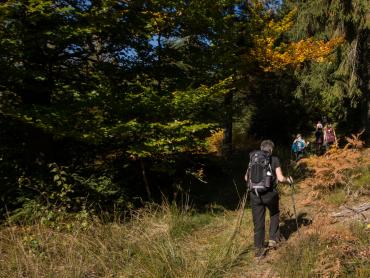
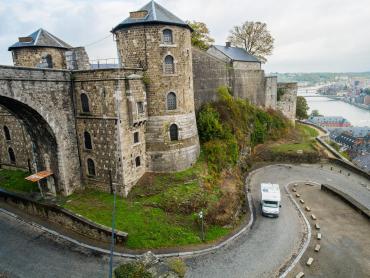
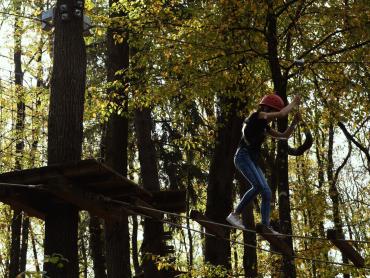
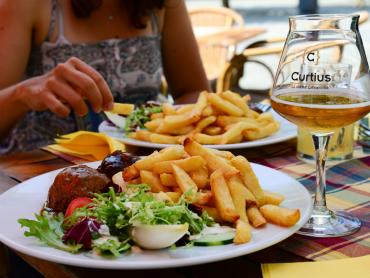
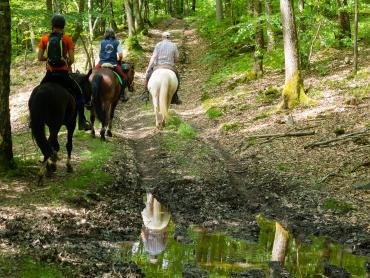
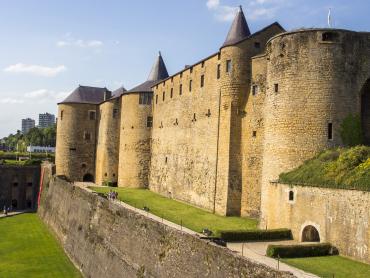
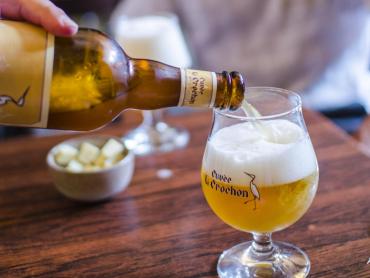
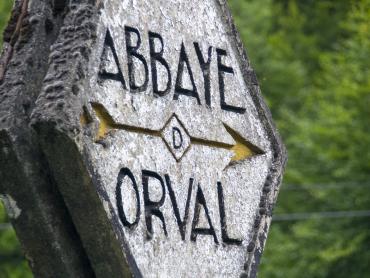
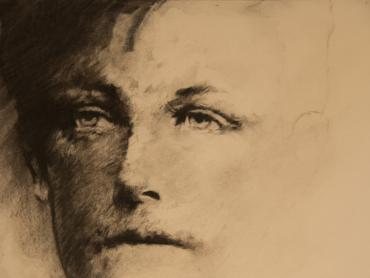

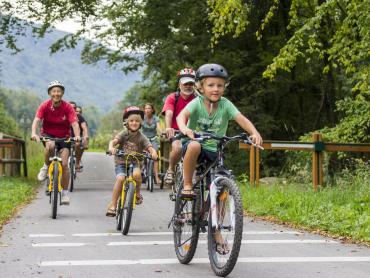
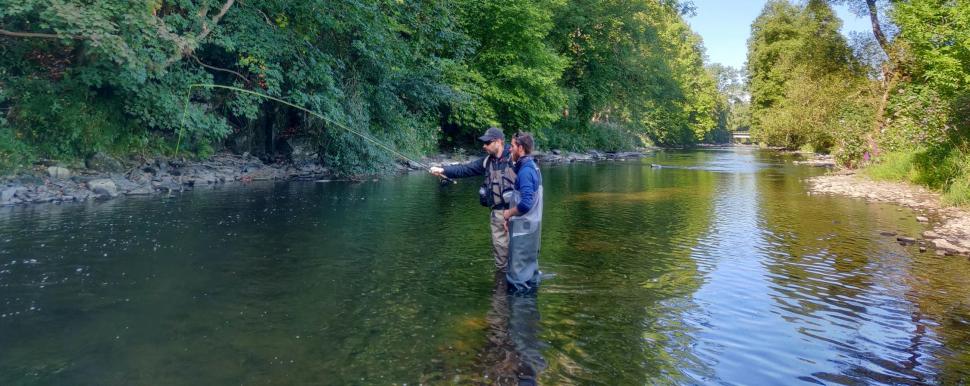
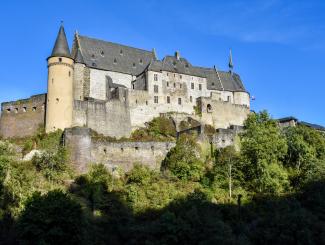
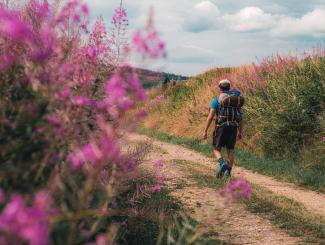
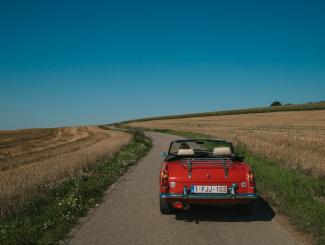
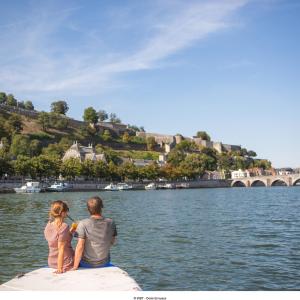
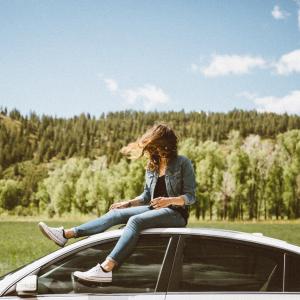
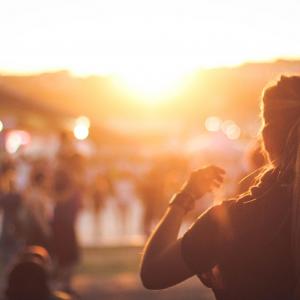
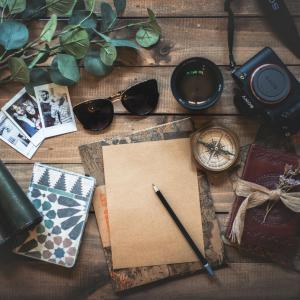
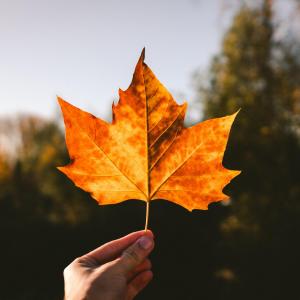
At the end of the day, I shall have turned into “the best fly fisher in the area”, no less!